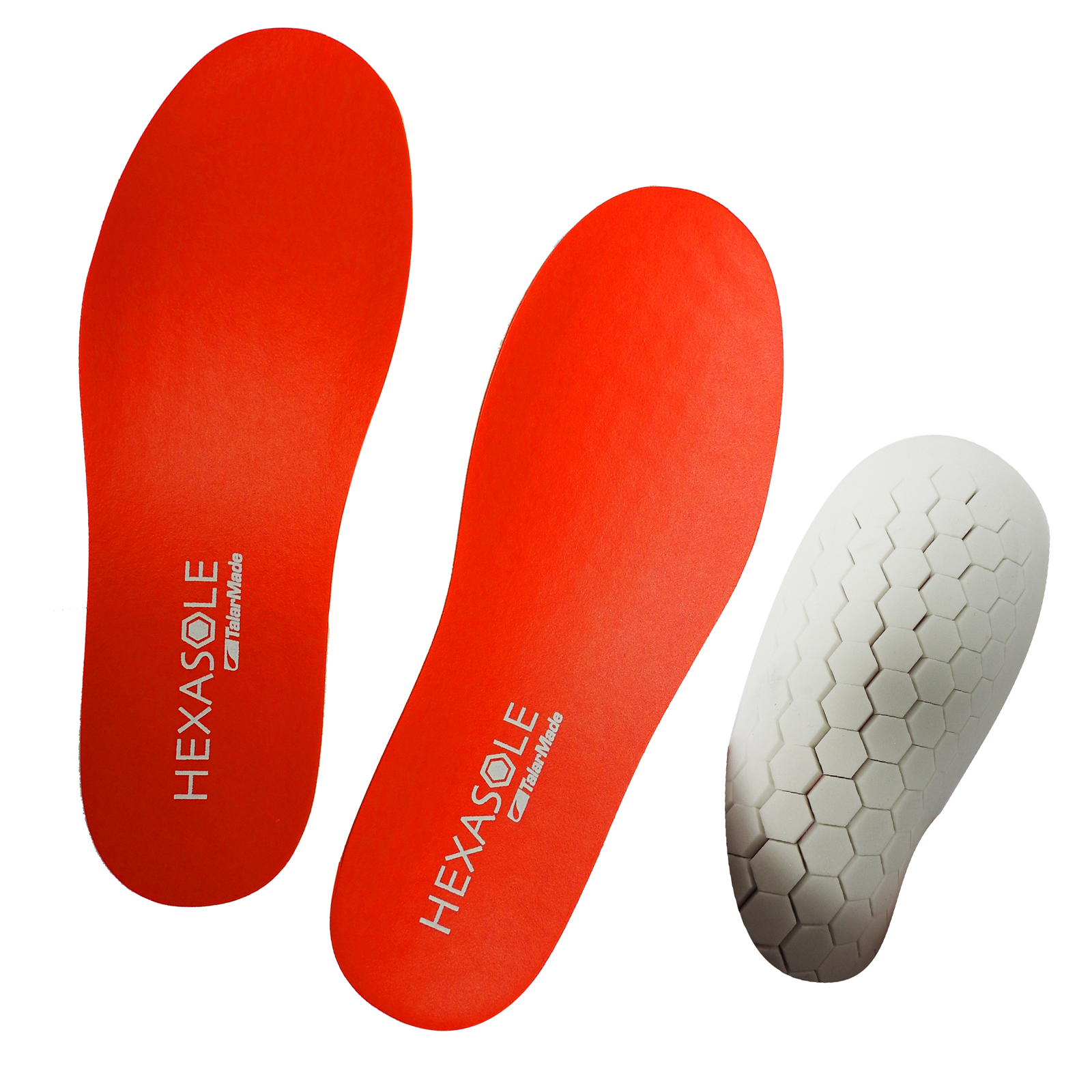

In order to classify HIE, the Sarnat Grading System is most commonly used with three stages ranging from mild and moderate to severe.

Peripartum asphyxia affects three to five newborns per 1000 births, with subsequent moderate to severe hypoxic-ischemic encephalopathy (HIE) in approximately two to three per 1000 live births. The result of this review will summarize the knowledge regarding the management of pain and sedation in infants treated with therapeutic hypothermia and potentially provide clinicians with guidance on the effective and safe methods. Two independent researchers will screen the records for inclusion, extract data using a data extraction form, and assess the risk of bias in the included trials.

We will search the following databases: CINAHL,, Cochrane Library, Embase, PubMed, Scopus, and Web of Science. The primary outcomes for this review will be analgesia and sedation assessed with validated pain scales, circulatory instability, mortality to discharge, and moderate-to-severe neurodevelopmental disability. The use of pharmacological or non-pharmacological interventions will be compared to other pharmacological and or non-pharmacological interventions or no intervention/placebo. We will include randomized, quasi-randomized controlled trials and observational studies. We will perform a systematic review of pharmacological and non-pharmacological interventions for the management of pain and sedation in newborn infants undergoing therapeutic hypothermia for hypoxic-ischemic encephalopathy. Pain needs to be adequately managed in all patients, especially the newborn infant due to the potential short- and long-term negative effects of inadequately treated pain in this population. There is no consensus regarding pain relief or sedation during therapeutic hypothermia in newborns however, therapeutic hypothermia seems to be associated with pain and stress, and adequate analgesia and sedation are central to maximize the effect of therapeutic hypothermia. Clinical research has shown that therapeutic hypothermia after neonatal hypoxic-ischemic injury improves survival without disability.


 0 kommentar(er)
0 kommentar(er)
